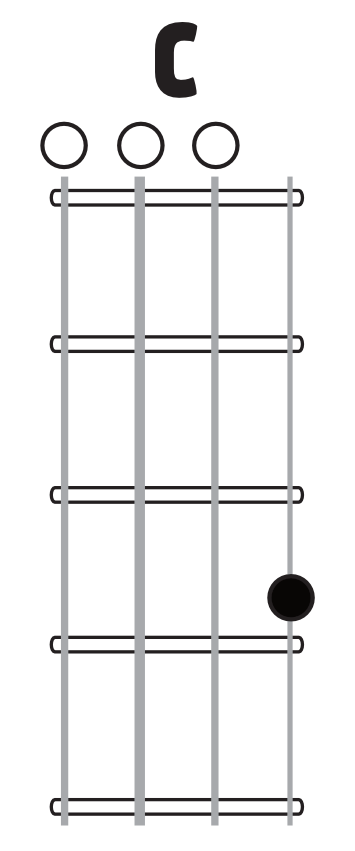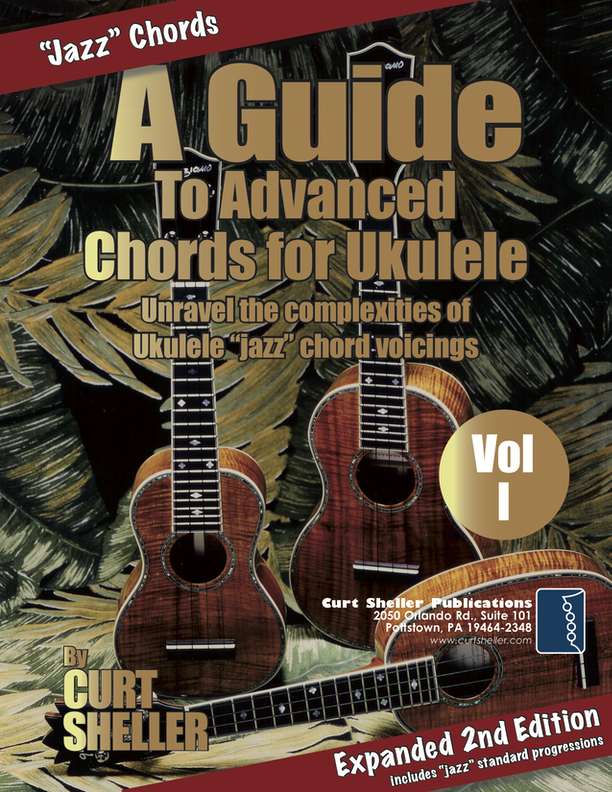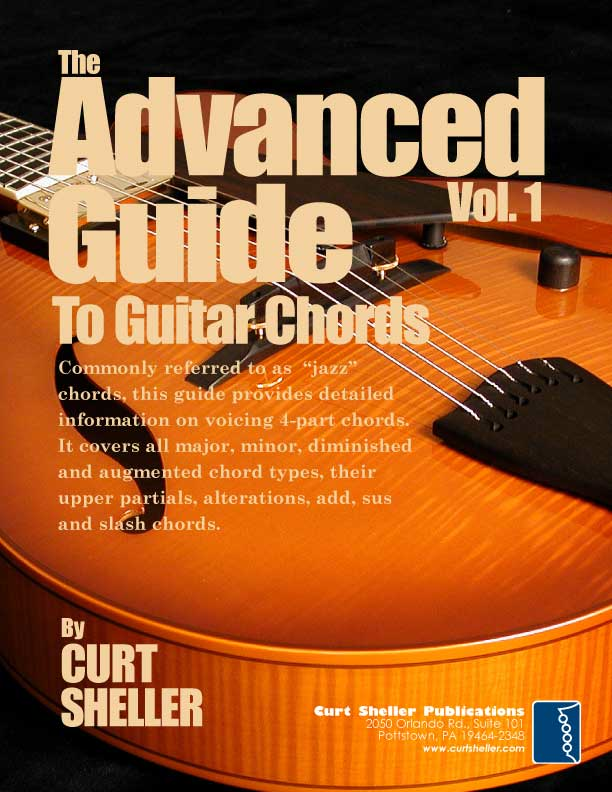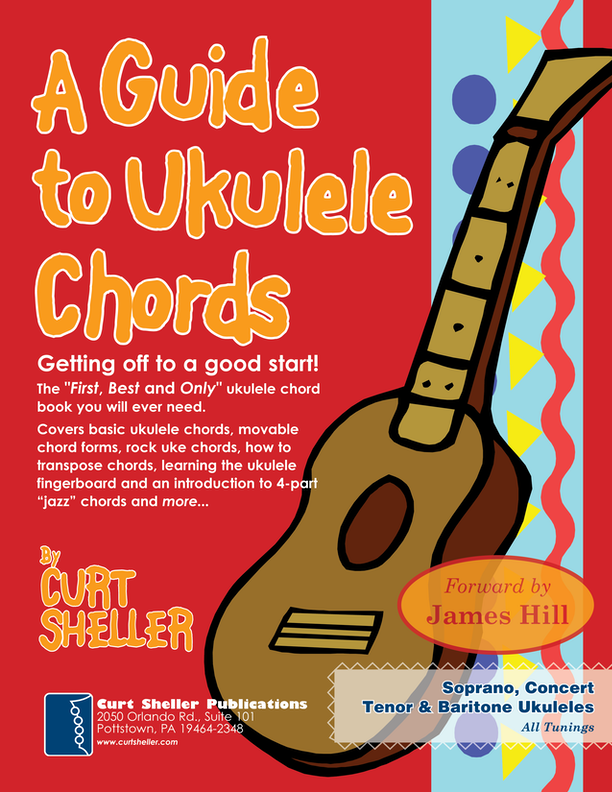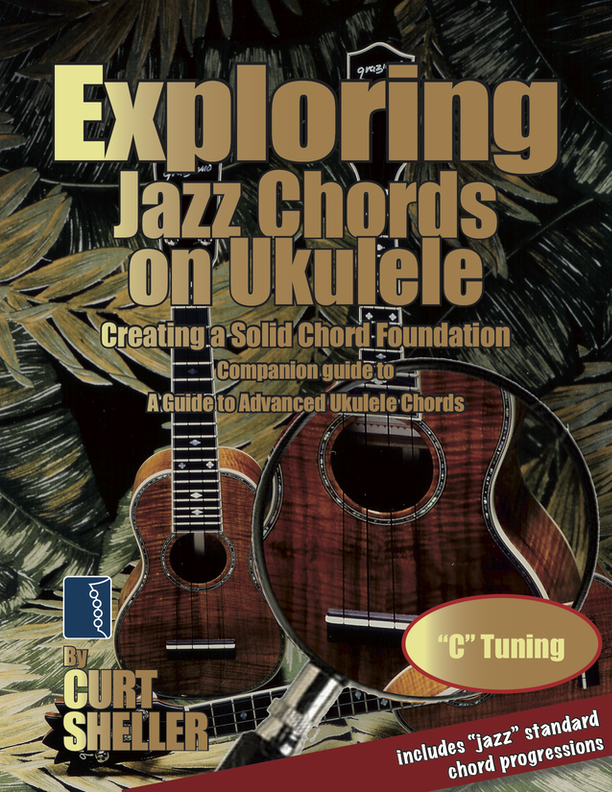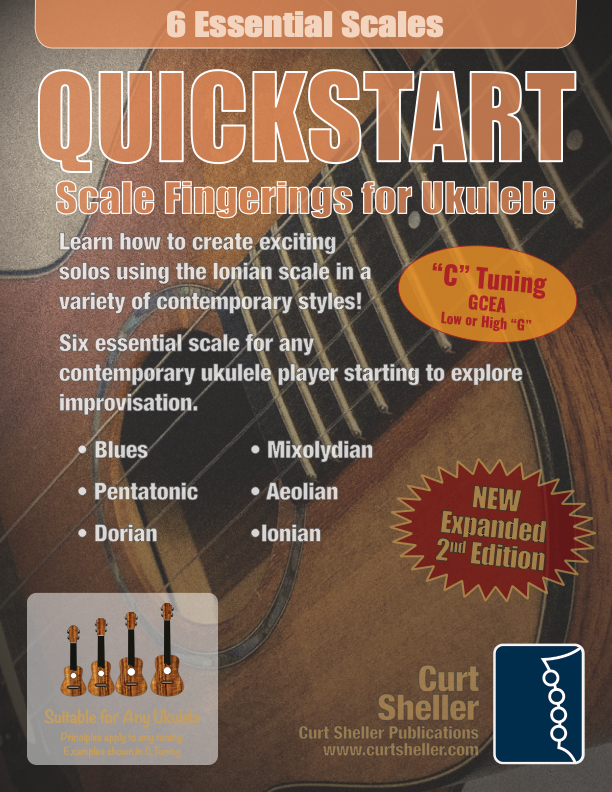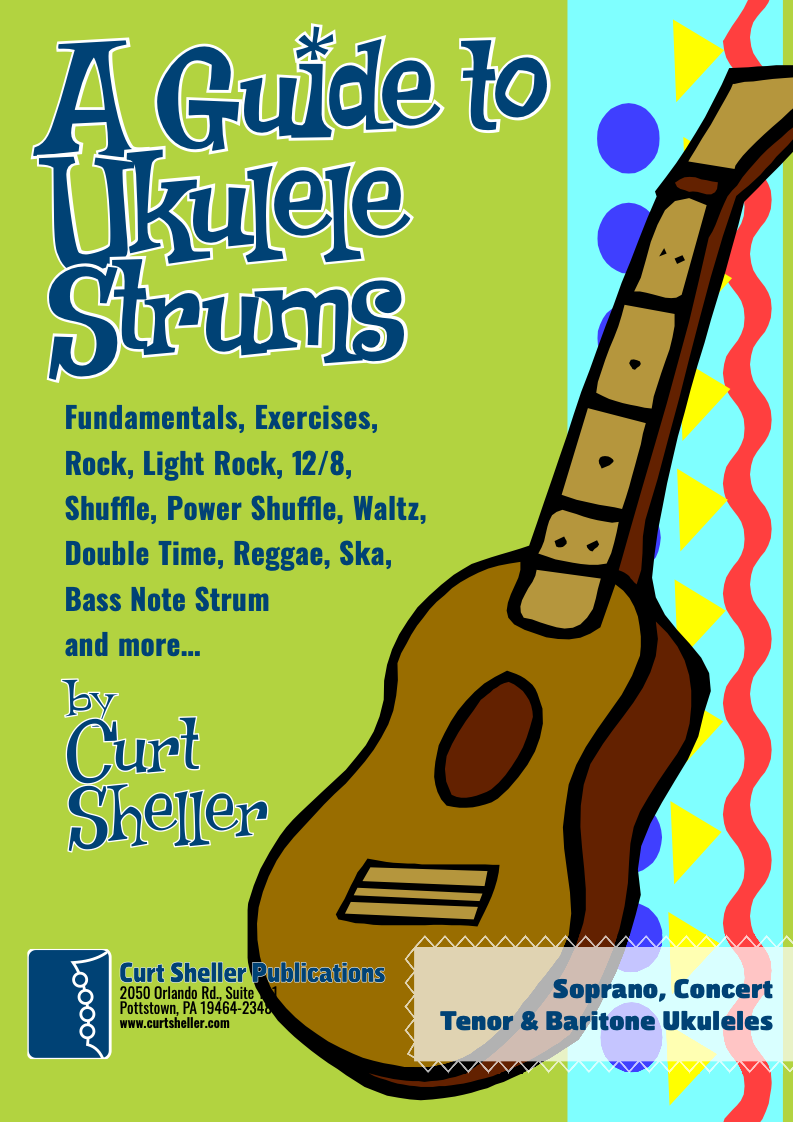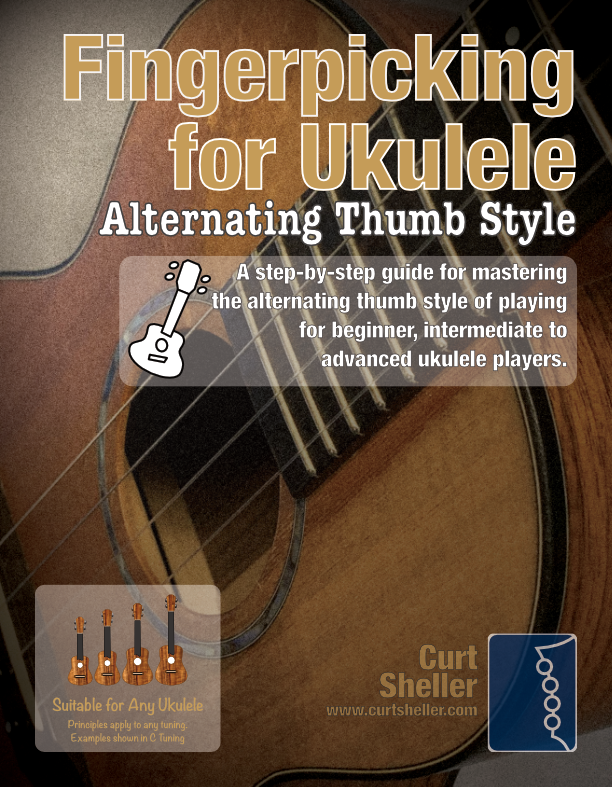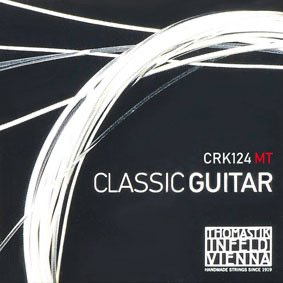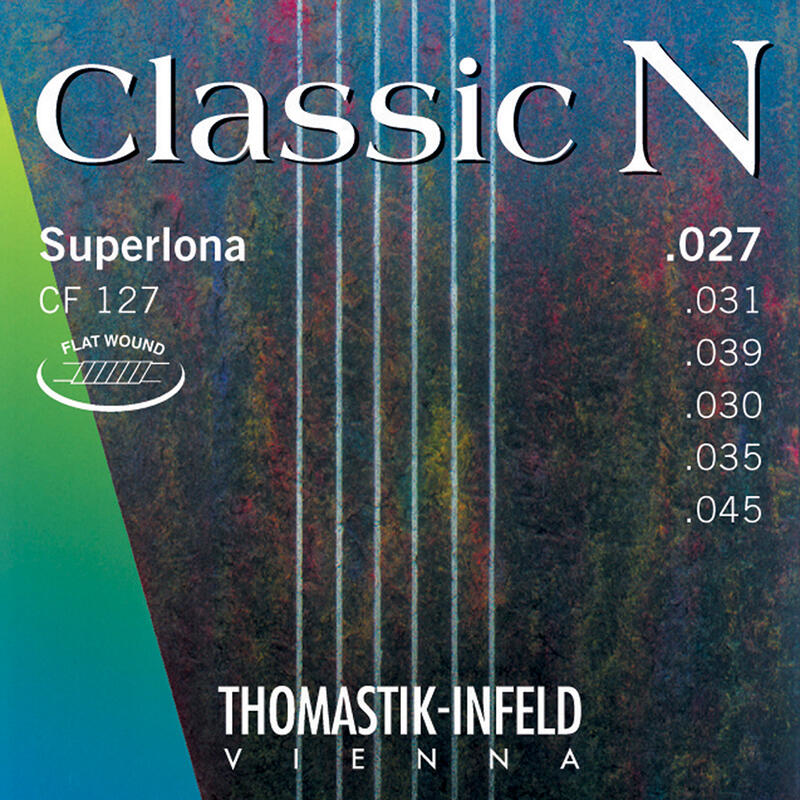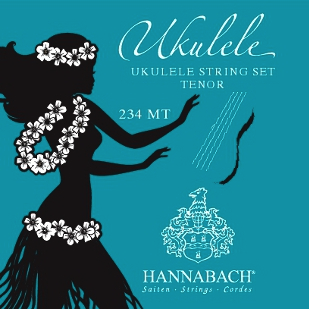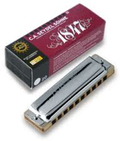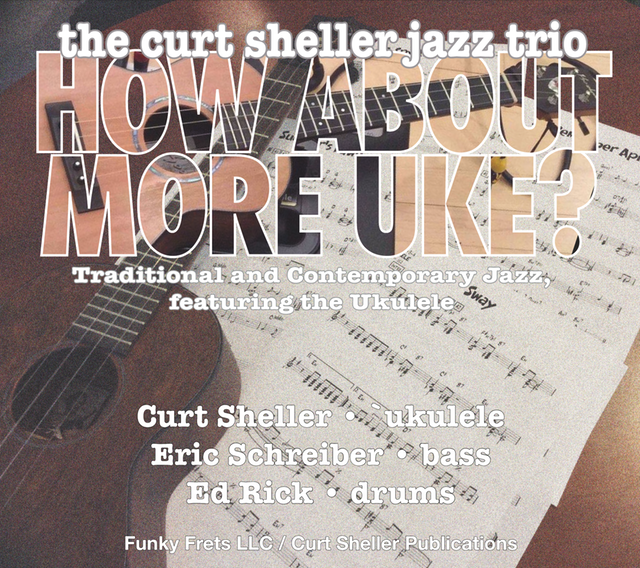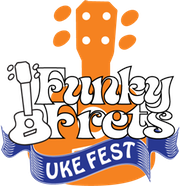Share Modal Interchange
on:
Bluesky
•
facebook
•
twitter (X)
Modal Interchange
Modal Interchange (Modal Mixture, Borrowed Chords) is temporarily borrowing chords from a parallel tonality or mode that shares the same root. These borrowed chords originate from the major or minor parallel modes, including their respective harmonic and melodic minor, as well as symmetrical scales sharing the same root. You can borrow from any parallel scale or mode.
It typically is support of a melody.
These chords are brief enough to no imply a modulation to a different key. These modal interchanges are different from Secondary Dominant chords.
The original key should be clearly established before using these chords, and not enough to create a modulation to the borrowed tonality/key.
A few famous examples are: A Day In The Life (The Beatles) ( D Dm ), Wake Me Up When September Ends (Green Day ( C Cm ), Ev'ry Time We Say Goodbye (by Cole Porter) ( IV IVm ). Light My Fire (The Doors) Am F♯m , Gimme Shelter (The Rolling Stones).
Modal Interchange is a modern, non-classic, Common Practice period, harmonic concept. The Blues is a great examples of a genre that straddles it's major and minor tonalities.
With Blues, Rock, Folk, Country songs, a Harmonic Analysis (HA) typically comes after the fact. Knowing this information in advance allows you get a particular sound based on what you line in other's songs.
Links & Resources
So — What is the bottom-line for knowing all of the Theory
? This allow one to copy a style, re-harmonize and existing songs or progression for particular harmonic effect, select a scale for improvisation. It also, simply helps you to understand what goes into making and writing music.
Sign-IN — it's FREE — to view, un-blur any additional content for this lesson.
End of Lesson - Thanks, Hope You Enjoyed It!
Related Lessons, Videos, Lesson Series, Songs, Books & Reference Charts, Resources & Assets, Workshops are below.
Related Lesson Series
Related Lessons Series for Modal Interchange
.
Harmonic Analysis for Scale and Chord Selection
Updated: 09 Jun 2023
Harmonic Analysis (HA), also known as the study of chord relationships, is the method used to identify the harmonic role of chords within a chord progression or song. A chord progression refers to a sequence of chords, with each chord having a root note and belonging to a specific chord type. The function of a chord within a particular scale's tonality is determined by its relationship to that scale.
Related Songs
Related Songs for Modal Interchange
.
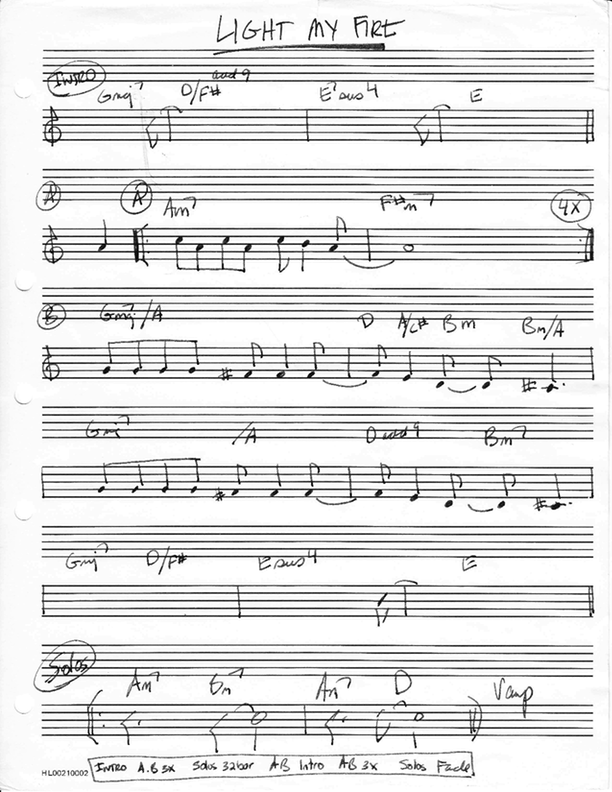
Light My Fire
Updated: 09 Dec 2019
Light My Fire is a song by The Doors which was recorded in August 1966 and released the first week of January 1967 on the Doors' debut album. Released as a single in April, it spent three weeks at number one on the Billboard Hot 100 chart, and one week on the Cash Box Top 100, nearly a year after its recording. A year later, it re-entered the Billboard Hot 100 in 1968 following the success of Jose Feliciano's version of the song, peaking at number 87.
Related Books & Charts
Related Books for Modal Interchange
.

Harmonic Analysis for Scale Selection and Chord Substitution
Updated: 08 Jun 2024
Harmonic Analysis is the understanding of the functional sequence of chords. It is the process used to analyze the harmonic structure of a progression, song or composition. This analysis is then used to make scale selections for improvisation and chord substitution.
A Selection of Books & Reference Charts that are recommended for creating a solid foundation with your chosen instrument and music in general.





Checkout the Books for additional Handy, Dandy Reference Charts.
Reference Charts



Key Signatures — Circle of Fourths and Fifths – ANSI A & A4 sizes
A handy reference chart of all 15 major and relative minor key signatures. US Letter 8.5 x 11 sized (ANSI-A), A4
Checkout the Books for additional Handy, Dandy Reference Charts.
